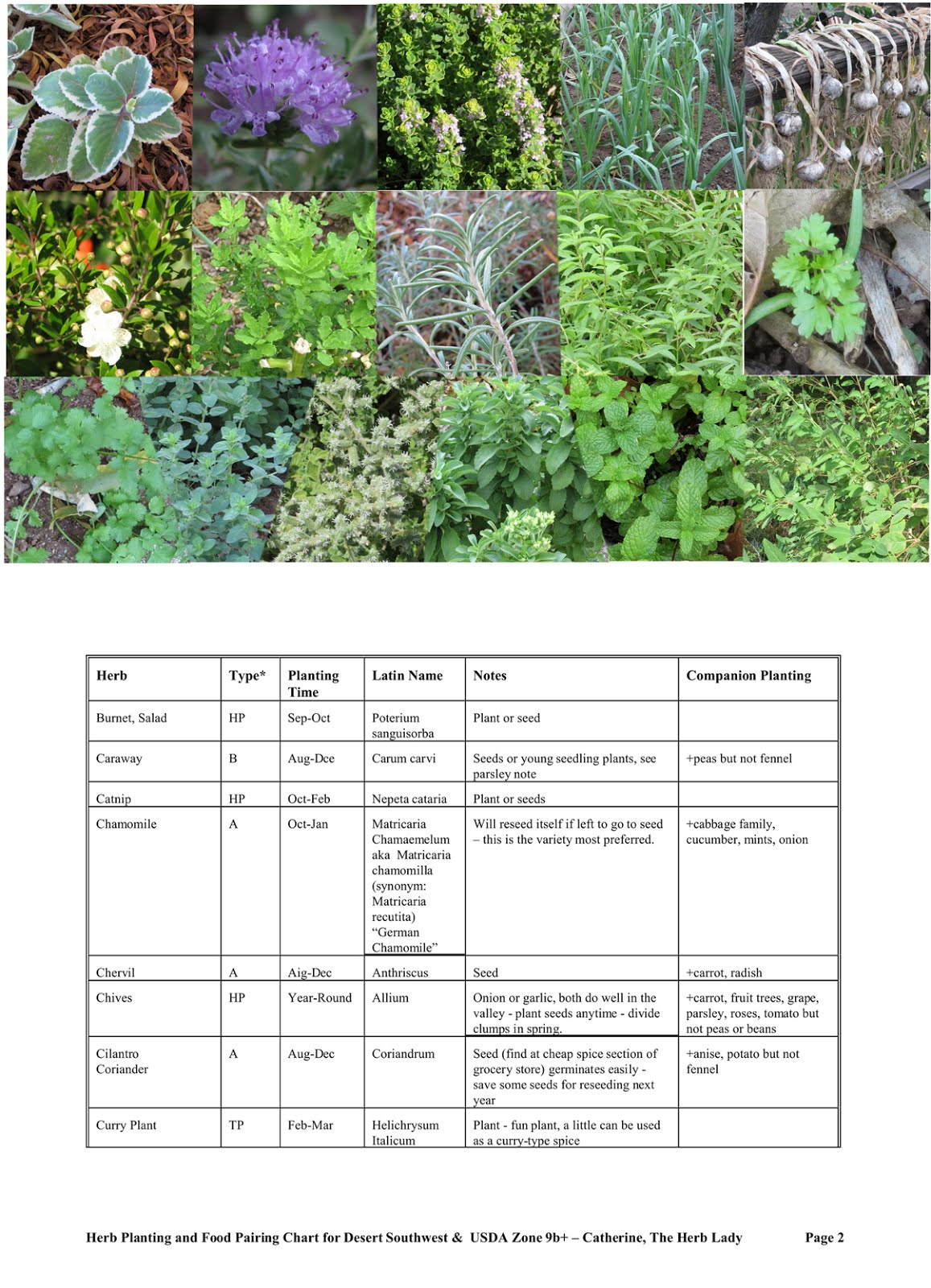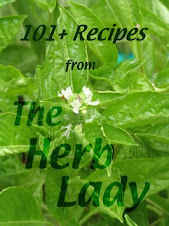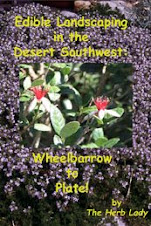I mentioned. in my prior post on my experiences at the Grow Phoenix Summit, I would write more on seed harvesting, saving and sharing.
Here is why I titled this post the way I chose. The SINGLE Most Important Activity! After starting (or extending) your garden.
(The picture from is showing tomato seeds in the cup before washing and then on a paper plate to dry before storing. See notes below about this preservation process.)
Those of us who are concerned about where our food comes from, who want to grow some or more of our own food, are increasingly at the mercy of just 10 major companies who control ALL of the commercial seed sources -- in the World!! Monsanto, Dupont and Bayer (all chemical companies) accounted for 40% of all seed control (Appx time 2007-2008 - it has grown since then). -- GMwatch.org
Here is the goal. Harvest, store and share your garden's seed! That is the single most important way each of us can take back control of quality, productive, diversity, healthy and GOOD tasting plant foods.
Each of you then contributes to not only keeping great plant varieties going but you are adding to regional adaptation which in turn creates healthier plants that do BETTER in your area.
Some folks in the Valley for instance are growing multi-generation cilantro for better production, slower to bolt and grow more greens into mid to late spring than losing them in late winter.
First -- Sow Wisely! If you are a wiz at growing things and like to plant different varieties make sure you keep them separate by a good 50 feet. The most loved plants like tomatoes, peppers, eggplant and basil easily cross-pollinate. If you want your sweet bell pepper AND your habanero to come back true next year you have to segregate them so keep the harvested seeds pure.
Likewise all the squash, melon and cucumber plants need the pollinators to help and those pollinators will happily go back and forth from you cucumber to your summer squash thereby crossing the two in the seed later on.
Corn - Plant ONLY one variety a season - corn self-pollinates BUT the pollen can drift for up to two miles.
Make sure you check out the RMSA link below on tips on basic seed saving which refers to avoiding cross-pollination.
A point about crossing - the above information is for those who want to share and trade seed to keep heirloom varieties fresh. I recommend you do this.
However if you are interested in "Landrace" (intentional crossing adaptation to build stronger varieties), you should check out this Adaptive Landrace site. Landrace is THE most ancient of permaculture principles - just like nature, sowing multiple varieties - together - and seeing which ones are the strongest, harvest the seed and sowing again. Thousands and thousands of years of natural cross-pollination and adaptation brought us many of the beloved heirloom varieties. What could you come up with if you decided on a Landrace garden?
Harvest & Store
Seed must be perfectly mature and then dried for storage. Moisture equals mold and destruction. If you can, watch for the best and healthiest of your plants and be strong and DON'T harvest that fruit or vegetable. Allow it to go to seed. Why? Because it is the healthiest and best and that is the plant you want to have come back next year.
Some seed is easy to see when they are ready to harvest dried -- bean and pea pods, the whole cabbage family (kale, radish etc.), root crops and lettuces, basils, parsley, cilantro all show you their dried seed heads. Pluck seed heads, drop into paper bags, keep in cool dry place for a week or two, shake daily and then you will have most of the seeds drop to the bottom of the bag. Sift the seed to remove the chaff and store in cool, dark and dry area in jars, paper envelopes or if perfectly and completely dried they can be stored in ziplock bags. Label with date of harvest, variety and what generation it is (first time harvest is 1st Generation. Sow and reap next year, 2nd Gen.
Harvesting fruit seeds is a little different. Some dry easily (melon, pumpkin, squash). Tomato benefits from a type of fermentation where you pull the gelatin pulp of seeds out, place in a cup of water and let sit for a couple of days. You will see white stuff form on the top (good mold). Rinse multiple times to separate the pulp and the tip out onto a paper plate to completely dry. This curing process makes for very stable and durable storage seed. Here is a simple video on fermenting the tomato seeds. I personally do not cover the container while fermenting and I use a paper plate instead of parchment paper. Both ways will work.
Listen to a 4 minute webinar on Seed Preservation courtesy of Rocky Mountain Seed Alliance (RMSA)
RMSA has a 48 page guide to all you need to know about seed saving and preservation for $5.95. To see what the guide has to offer use this link, click on a content title and see (for free) the depth of information available.
Share
Seed Bank vs. Seed Library
Many of us have read about "seed banks" or "seed vaults" where seeds are preserved and stored to allow for the quick re-start of sustainable food production in the event of a disaster.
"In the first half of the 20th century, seeds were overwhelmingly in the hands of farmers and public-sector plant breeders." http://www.gmwatch.org/gm-firms/10558-the-worlds-top-ten-seed-companies-who-owns-nature
"A seed library is an institution that lends or shares seed. It is distinguished from a seedbank in that the main purpose is not to store or hold germplasm or seeds against possible destruction, but to disseminate them to the public which preserves the shared plant varieties through propagation and further sharing of seed." -- https://en.wikipedia.org/wiki/Seed_library
Share your seeds with a Seed Library. Here are some of the Seed Libraries in the Phoenix Area
Valley Permaculture Alliance
Phoenix Libraries
Mesa Seed Library
I know there are others - try googling your area and the words "seed library."
Seed Swaps
A Seed Swap is a stand-alone, usually one time event, where groups come together to trade seeds and helpful information.
I host a Free Seed Share/Swap at the Mesa Community Farmers Market - one is happening today, October 2nd). I do this 3 times a year to coincide with the next primary planting time. (Picture is my seed case for the seed swap.)

The Urban Farm is hosting "The Great American SeedUp" on October 31st. There is a small reservation fee to get your place ($5). The day of you can then purchase bulk scoops of seeds for nominal prices. This is a great opportunity to get some seeds for sowing and sharing. Register now as they sell out the tickets fast.
Find sources and groups near you to build YOUR network of seed sources and keep the Chemical Corporations and Corporate Ag, out of your garden!
-- Catherine, The Herb Lady
Finally a word on sowing. Here in the Valley maximum success is achieved by planting at the right time for the variety. My wall calendar is designed specifically to help you with those dates. Each month the calendar shows what vegetables, fruits, herbs and edible flowers to plant, along with gardening tips and maintenance information.
Disclaimer: Clicking on links on this blog may earn me a small commission if you purchase something. Your price does not change.
























No comments:
Post a Comment